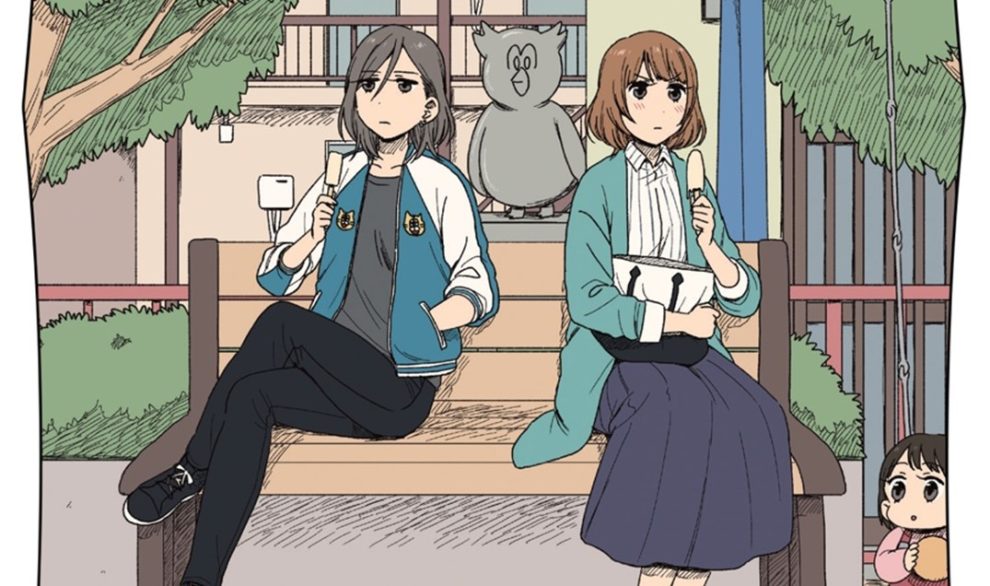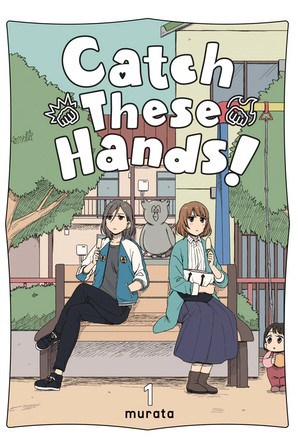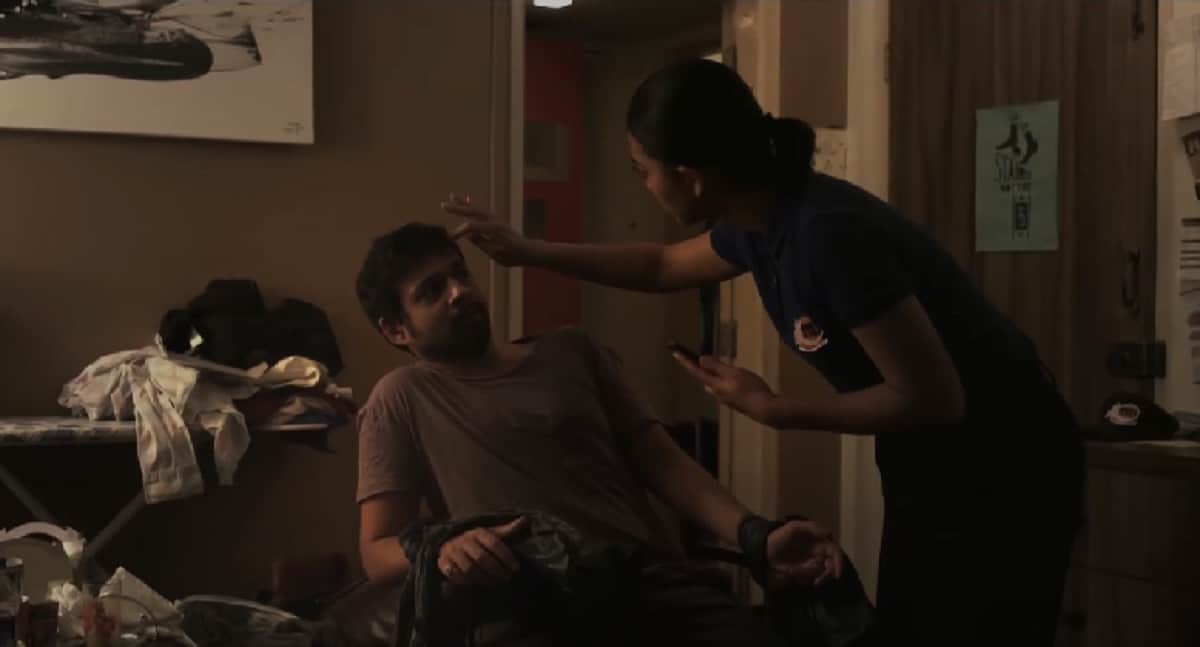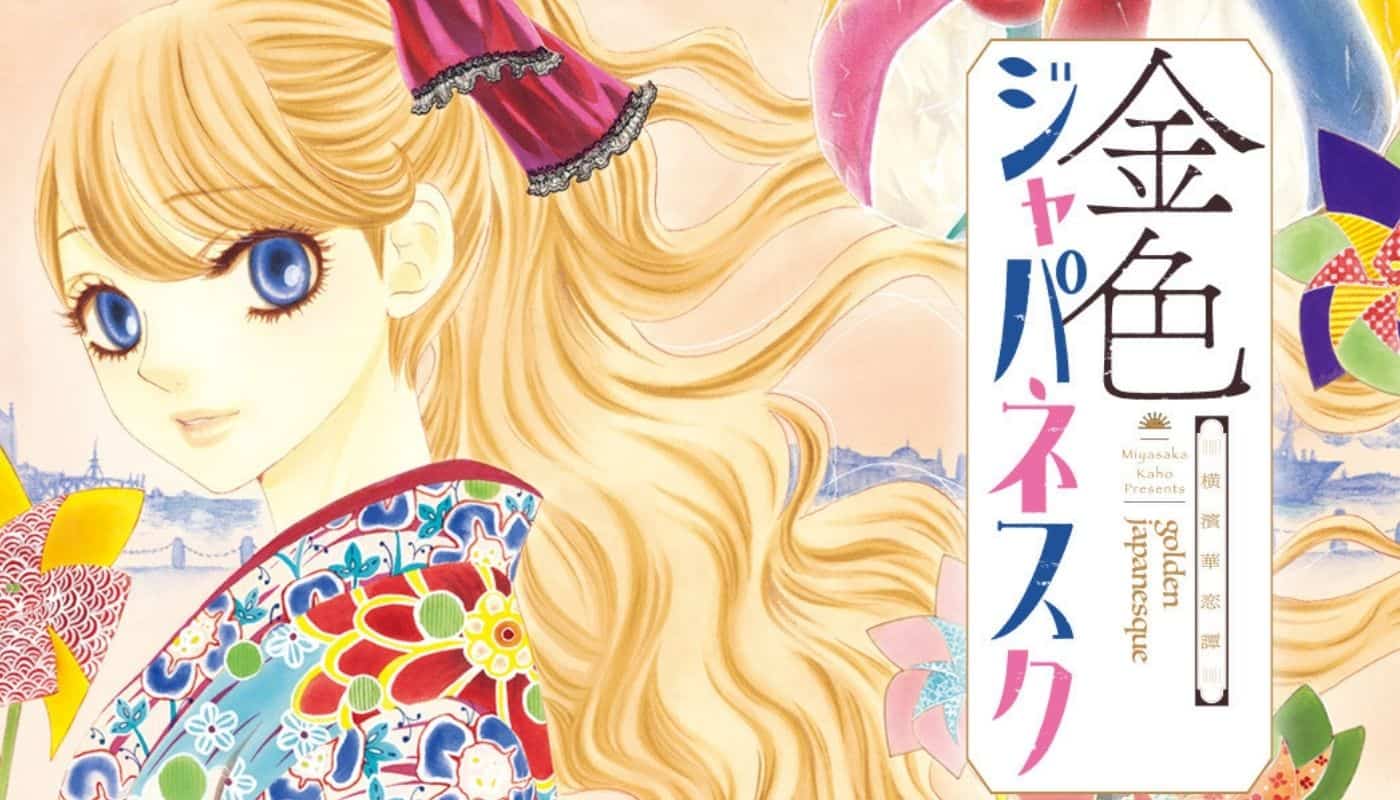“Back in the day, Takebe was a tough-as-nails delinquent who could throw hands with anyone. But right when she finally decides to leave her old ways behind, Takebe has a surprise reunion with her old rival, the “Bloody Cardigan” Soramori. After all these years, she still wants a piece of Takebe—but not in the way anyone expected! Her proposal: If Soramori can beat Takebe in a fight, they have to start dating?!” (Yen Press)
It is always appreciated getting a Yuri title that extends past the high school romances into adulthood, tackling issues beyond school politics and expectations. While being removed from the school ground to the ‘real world' does not always ensure success, Murata's “Catch These Hands” is an exemplary manga that showcases how mature Yuri titles have their place beyond just being niche. Essentially, the series does a wonderful job of balancing elements of coming-of-age romance through two women who have to both deal with a turbulent past while dealing with the pressures of adulthood.
Takabe and Soramori's relationship is not typical in the genre. Arch-enemies at school, the two have come to adulthood with their own issues. Takabe struggles to overcome her juvenile lifestyle and a foul temper, while Soramori has found a regular job and lives under the guise of being hip and trendy to her co-workers. Consequently, the two coming into each other's lives feels like a chance happening during a time when both are exploring the idea of personal growth/change, both sexually and socially.

This exploration is what pushes the humor of “Catch These Hands” to a way that will certainly be relatable to a mature, possibly nerdy audience that is removed from pop culture. The highlight of the first volume shows the two on a trip to a park in order to try to understand how to use the popular app “onestagramable”, resulting in a day-long competition to get any amount of validation on the platform they barely understand–celebrating a single like and taking hundreds of photos. The only outcome at the end of their excursion is the pair's complete lack of understanding of modern social platforms, yet it creates an adorable tension between the two and makes them bond over their tech aloof lifestyles.
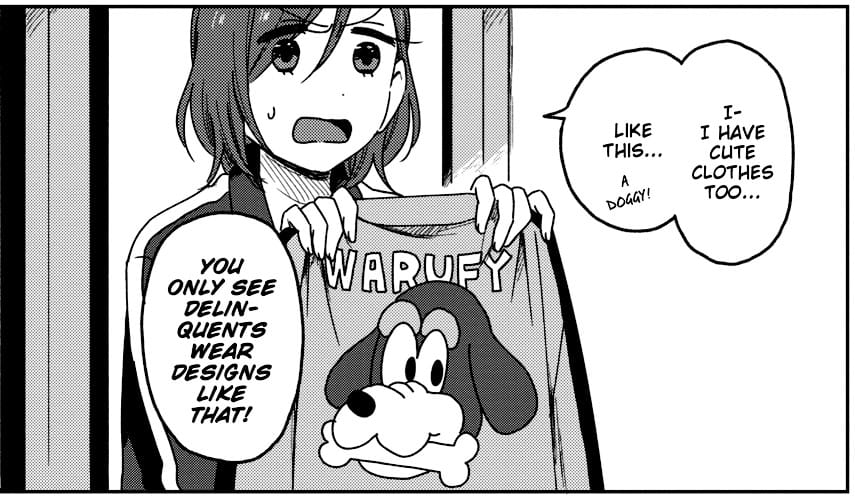
Murata's art style is simplistic in its delivery, making it the least appealing aspect of this release. Her approach is serviceable to the story, yet, the work is rather expressionless, generic, and void of a strong atmosphere. In most manga series, this would be troublesome, but there is always a bit of wiggle room in romance and drama when it is easy to lead into the story being told. Thankfully, “Catch These Hands” presents a strong narrative that will make readers less dependent on the work as visual entertainment.
“Catch These Hands” is an easy recommendation for fans of the yuri genre. It is utterly charming, humorous, and realized. Furthermore, the constant request from manga fans for more mature titles in the medium, and specifically romance genres, makes this a title worth further discussion/distribution among the fan base–the fandom needs more releases like this.


